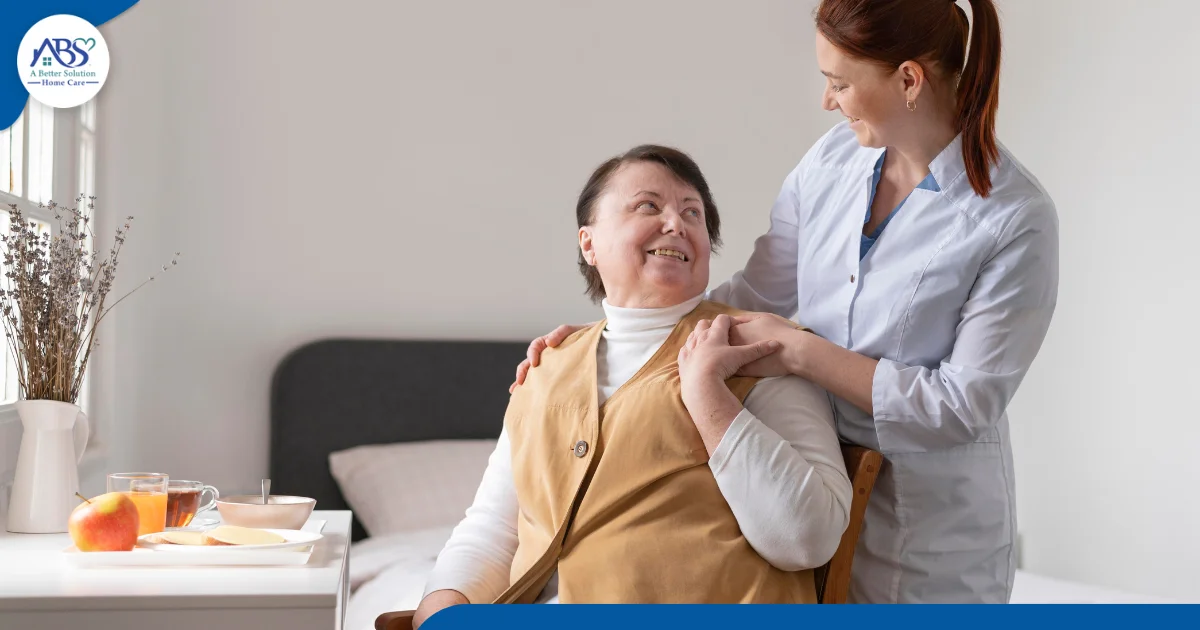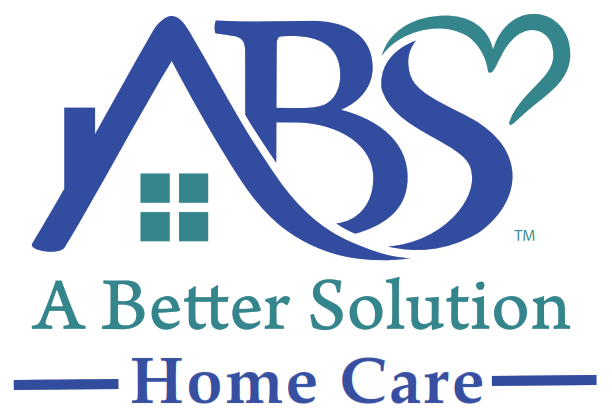
What are the 6 Activities of Daily Living (ADLs) and Why Do They Matter?
07-18-2025
Understanding the Foundation of Daily Functioning
Aging often brings new challenges, especially when it comes to maintaining functional independence. For seniors, the ability to manage daily life without help is closely tied to their overall well-being, safety, and dignity. That’s why healthcare providers, caregivers, and families rely on a standardized set of criteria to measure whether a person can care for themselves.
These essential markers are called the 6 Activities of Daily Living, or ADLs. Introduced by Dr. Sidney Katz in 1963 as part of the Katz Index of Independence in Activities of Daily Living, ADLs remain one of the most widely used tools in eldercare to assess the need for assistance or intervention.
What are Activities of Daily Living (ADLs)?
ADLs are the basic self-care tasks that every person needs to perform to live safely and independently. These are not luxury habits or advanced skills. They’re fundamental to human survival and quality of life. When professionals evaluate someone’s ability to live alone or determine eligibility for services, they often ask: What are the 6 activities of daily living? These six areas provide a clear view into how well a person can navigate daily personal needs without help.
The 6 Activities of Daily Living Explained
Bathing
Bathing involves more than just stepping into a shower. It includes the ability to safely get in and out of a tub or shower and clean oneself thoroughly. A decline in this ability is often one of the earliest signs that support for aging adults may be necessary. The risk of slips and falls while bathing is high, making it one of the first ADLs professionals monitor.
Dressing
This ADL refers to selecting appropriate clothing and physically putting it on or taking it off. Seniors dealing with arthritis or recovering from a stroke may lose the fine motor control required to handle buttons, zippers, or socks. This is where early help with activities of daily living may begin.
Eating
Eating, in this context, is the act of feeding oneself, not cooking or food preparation. Conditions like Parkinson’s or advanced dementia can impair a senior’s ability to use utensils or bring food to their mouth. Difficulty in eating can lead to malnutrition, which impacts long-term health and calls for assistance with daily activities.
Toileting
Toileting includes getting to the bathroom, using it properly, and cleaning up afterward. When toileting becomes difficult, it can significantly affect a person's dignity and emotional well-being. Issues here are often pivotal in elderly care assessment and decisions about care placement.
Transferring (Mobility)
Transferring refers to the ability to move from one position to another—such as getting out of bed, standing from a chair, or walking across a room. If someone cannot transfer safely, they are at risk for serious injury and may require home care services or even 24-hour supervision.
Continence
Continence involves controlling bladder and bowel functions or managing incontinence aids effectively. A loss in this area impacts not just hygiene but also confidence, leading to loss of independence in seniors and potential withdrawal from social activities.
Why are the 6 Activities of Daily Living So Important in Elder Care?
Understanding the importance of ADLs helps families make informed decisions. ADLs play a vital role in:
- Care Planning: Knowing which ADLs a person struggles with helps determine whether they can stay at home with help or need assisted living or skilled nursing.
- Insurance Eligibility: Most 6 activities of daily living long term care policies require documentation of difficulty with at least two ADLs before benefits can be approved.
- Health Outcomes: ADL decline is often an early warning sign for worsening health and a predictor of emergency room visits or hospital stays.
Professionals rely on this framework because it offers concrete insight into someone’s ability to maintain daily personal care independently.
How are ADLs Assessed?
Healthcare providers use structured tools to evaluate a person’s ability to perform ADLs. The Katz ADL Scale is one of the most commonly used ADL evaluation tools, scoring each task as either independent, partially dependent, or fully dependent. Families can also observe changes at home. If a loved one is wearing dirty clothes, skipping meals, or struggling with hygiene, these may be signs of decline. Using an ADL checklist for seniors can help caregivers monitor abilities over time and seek timely support.
✅ Download our free 6 Activities of Daily Living Checklist to track your loved one’s functional status.
What Happens When ADL Support Is Needed?
When someone can no longer complete their ADLs safely, various levels of care can be considered:
- Family caregiving for those needing occasional help
- In-home caregivers for those who need regular assistance with help with daily living activities
- Assisted living or memory care for those with progressive conditions like dementia
Each option depends on how well someone can manage the 6 Activities of Daily Living, which helps families decide between informal help or professional home care. If you're unsure how to proceed, our blog “When ADL Support Isn’t Enough: Knowing When It’s Time for Professional Care” can help guide your next steps.
Supporting ADLs at Home: Tips for Families and Caregivers
Maintaining a loved one’s independence for as long as possible is the goal. You can support the activities of daily living checklist for elderly by:
- Installing adaptive equipment like grab bars, shower chairs, and raised toilet seats
- Providing mobility aids such as walkers or transfer benches
- Learning caregiver training techniques to reduce injury and strain
- Creating structured daily routines that allow seniors to stay engaged and confident
With the right support in the 6 Activities of Daily Living, older adults can remain at home safely for years with effective home care.
ADLs vs. IADLs: What’s the Difference?
While 6 Activities of Daily Living focus on physical self-care, Instrumental Activities of Daily Living (IADLs) include more complex tasks that can also influence decisions about home care. These include:
- Managing finances
- Grocery shopping
- Transportation
- Medication management
These tasks often decline before the core examples of ADLs, offering families an early indication that help may be needed. Recognizing the difference helps create a comprehensive care plan that meets both present and future needs.
Know the Signs, Plan Ahead
Being proactive about the 6 activities of daily living ensures that families can take action before a crisis arises. Whether it's noticing a small slip in hygiene or increased forgetfulness with meals, early detection allows for better planning, smoother transitions, and better outcomes. Take the first step in preserving your loved one’s independence by learning how they manage their ADLs today.
📞 Get a professional ADL assessment from our care team: [866-945-7973]
👉 Download our ADL Checklist to monitor your loved one’s abilities at home
